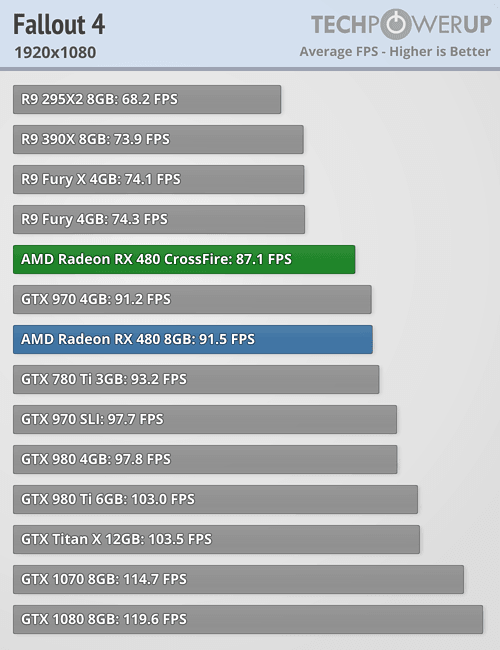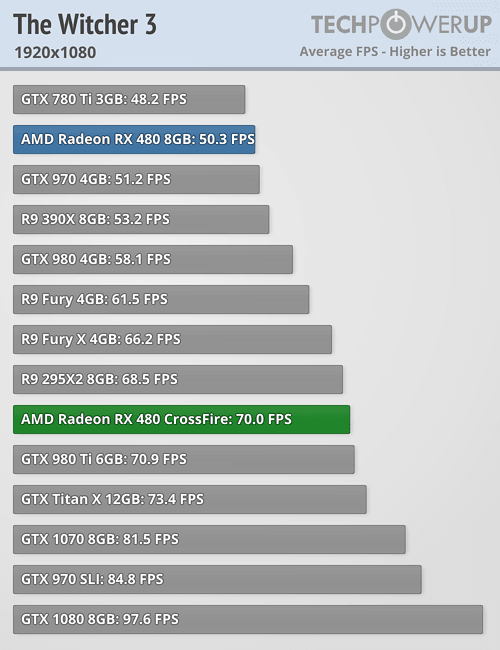JEMC said:
Crossfire isn't very good, and sometimes takes months before AMD launches a game profile supporting it. And when GameWorks is involved, those months may turn into never. Sadly.
I've only found two RX 480 Xfire reviews, at GamersNexus and TechPowerUp, and the picture isn't very bright. That's why many recommend purchasing a single and more powerfuI card (and also more expensive), than two less powerful ones.
Oh, and funnily enough, the GTX 1060 could be used in "SLI" if the game supports explicit multi-GPU.
About the monitor, it looks good, but I'd look for info regarding which frequencies it can actually achieve. Some Freesync monitors can't go much lower than the regular 60Hz, which kind of neglects the point of the whole thing.
I prefer IPS or VA monitors, but those are usually capped at 60Hz.
*Edit* I've looked a little bit and that monitor actually supports quite a wide range of frequencies, it goes from 30 to 160Hz!
|
My resoning behind wanting a Crossfire is actually because the DX12 and Vulkan will become standarts sooner than most people think. Lots of devs are pushing it, and a single 480 can do just fine for most standart games (indies, japanese ports, console ports, etc) and two cards can work fine on games with mainstream games supporting it via drivers, or via DX12/Vulkan... I'm thinking about one year or two from now. But I don't think will buy a couple of cards this year, only one and the monitor. Next year will update CPU, mobo and memories (have a fx8320e with 8gb ddr3 1600mhz RAM).. and then could get a second 480 or just go for a Navi?
Yeah, I looked into the monitor too, the only worry was about the outputs on the GPU supporting 120hz or more.. because I saw that most GTX 1060, founders editions and custom, models only support resolutions at 60hz max. So looked into the Rx480, and it can support 144hz using DualLink DVI to HDMI/display port adapter with Refference model, and the customs will have the dual link DVI port that support the high frequencies :D
BTW the 480 crossfire works great, almost doube on most of the games even at 2k and 4k!!, save for Anno 2205 and some others, probably this doesn't have Crossfire support even run worst at crossfire. And Batman Arkham Knight, but we all know how good this game was optimized. Fallout have some weird mixed results.. The higher the resolution the better it perform, at 1080p is worst than a single 480, but at 2k and 4k is +50% extra performance. Weird, right?












I think is worth the money, and it could improve at future, with newer drivers, or with more standarization of DX12/vulkan multigpu functions. Now, a single GPU could be worth if Navi comes arround the end of this year and fill the gap on Arround 300$ to 400$ with a GPU performing arround a GTX 1070.






































































